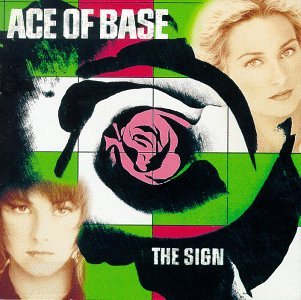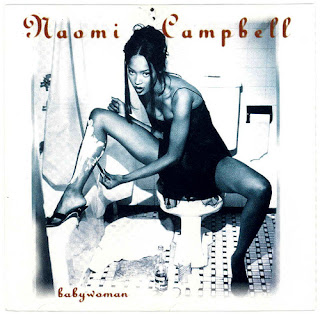 [Originally posted on May 26, 2011. Updated to include new tour dates and venue information.]
[Originally posted on May 26, 2011. Updated to include new tour dates and venue information.]The Blogger nearly walked out on a date a few months back. When he professed his love for the music of Adele, whose gloriously bluesy soul has not left his iPod since the start of 2011, his dining companion declared, “Yeah, I can see why you like her. But I think she’s too easy to like, you know?” No, I don’t know. Why should good music be difficult to be appreciated? Sometimes, all you need is a piano and a voice.
British singer Adele finally achieved global domination in 2011. She scored the dual honour of having the Number One album and single in the UK at the exact same time for several weeks earlier this year, a feat achieved by few artists. Her popularity was such that she had two singles in the Top Five at the same time that she achieved two Top Five albums simultaneously, a feat that only she and the Beatles have accomplished. Adele’s current disc 21 entered the American album charts at the summit and her single “Rolling in the Deep” is the reigning Number One hit. See? It’s not too easy to like, is it now?
Adele herself may have underestimated her own appeal in North America. When tickets went on sale for her current tour, there was a small hysterical dervish evidenced by the hordes of Facebook account holders who despaired at not being able to get tickets. Adele is playing the Blogger’s hometown of Vancouver at the Orpheum Theatre on August 9 (rescheduled from the original date of May 31), and tickets were literally sold out in seconds: 180 of them, to be exact, or a scant three minutes. The only show in recent memory to sell out so quickly is the pair of Lauryn Hill shows last May. Despite the move from the intimate Commodore Ballroom to the larger Orpheum, one feels that there was a missed opportunity for the newly-minted global superstar to sell out even larger venues or play over several nights.
But what’s so easy to like about Adele? It’s simple, really: she’s a blue-eyed soul singer, tinged with a hint of blues. Imagine a combination of Dusty Springfield’s grit, Kate Bush’s lush crooning, Bonnie Raitt’s rockabilly groove and Etta James’s growl, simmered to sonic perfection. Now add Lauryn Hill’s wisdom and sensibility to the mix, combined with Amy Winehouse’s wit (although unlike the recently deceased Winehouse, Adele has been clean and sober for years), and you’ll understand the gift Adele shares with the world.
























